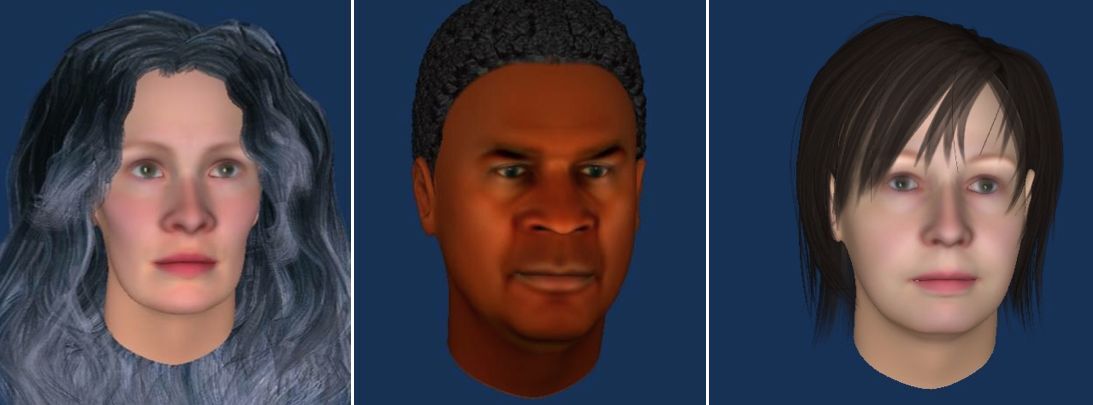Imagine if there was a voice in your head that regularly threatened to harm you or your loved ones, or that even ordered you to do so yourself. Awful as that would be, such auditory hallucinations are one of the most common symptoms of schizophrenia, with approximately one in four sufferers continuing to experience them even once taking anti-psychotic drugs. Fortunately, scientists have recently helped some schizophrenics gain control of their condition, by turning those voices into interactive avatars.
In a study conducted at University College London, 16 schizophrenic test subjects worked with a therapist to select a computer-generated face and voice that they felt most closely matched the evil “entity” that was speaking to them. The therapist was then able to converse with the patient in real time via that avatar, its animated lip movements matching its speech.
In up to seven 30-minute sessions, each subject interacted with their entity’s avatar, and were encouraged to oppose its threats and orders. Not only did this allow the subjects to get comfortable with the idea of standing up to the “actual” entities themselves, but because they had taken part in creating the avatars, it helped them realize that the entities actually originated within their own mind.
Additionally, each subject received an MP3 recording of their sessions, which they could listen to whenever they started hearing voices again.

Once they had completed all of their sessions, almost all of the participants reported a reduction in both the frequency and the severity of their hallucinations. Three of the subjects, who had been experiencing hallucinations for 16, 13 and 3.5 years, stopped hearing voices completely.
The research team just received a £1.3 million (US$1.98 million) award from UK-based global charitable organization the Wellcome Trust, to conduct a larger trial of the therapy. That trial will involve 142 test subjects and is scheduled to begin in July at King's College London. The first results are expected for the end of 2015.
The avatar therapy was developed by Julian Leff, Emeritus Professor of Mental Health Sciences at University College London.
Source: Wellcome Trust via New Scientist


